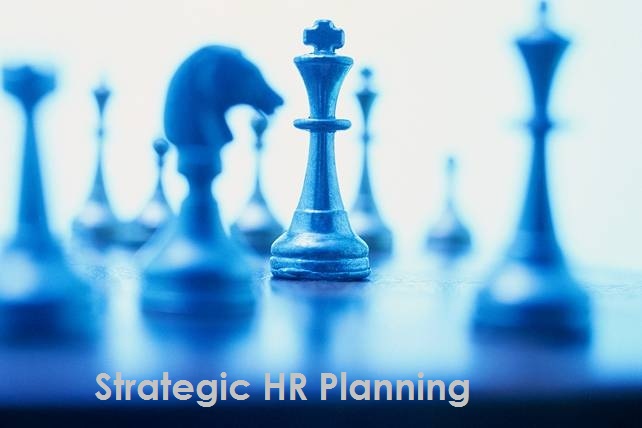When your organization is scaling up very fast, it is crucial for the HR department to grow along with the company. Despite trying to keep up with the pace, you might feel you are lagging behind without a strategic HR planning process. Only purchasing and using an expensive human resource management software will not solve the problem. Technology can be a smart GPS device but if you don’t know how to use it properly with a training schedule, you will never make it to the front of the pack.
Strategic human resource planning can help HR department in this matter and is the best solution you need to scale up along with your growing organization.
What Is the Significance of HR Planning Process
HR teams waste a lot of time on many repetitive and not useful tasks. Their objectives remain vague and the entire team gets occupied with the work without getting the time to think about where they are headed. Strategic HR planning helps to estimate where your organization wants to reach over the next few years and suggests ways of reaching there. HR plans considers various factors including new technology, market conditions, organizational goals, and more.
Look at the Present- Where Are You Now
To begin your human resource planning strategy, you must start where you are presently. Listed below are few questions you can ask for self-assessment.
- Where are you lacking the most?
- Where is your team spending most of their energy?
- Is your team spending maximum time on manual tasks?
- Which processes are giving you trouble?
Review products you use to handle your HR processes and ensure they are up-to-date. Can the products handle immense scale up or will they break when excessive pressure is added?
Look into Your Future Needs
Move forward and be prepared with a solid business plan for the future. Know in which direction your business is heading and consider these below questions to anticipate the future trends.
- What are your plans to retain employees?
- Can a new training strategy facilitate your team to build new accomplishment?
- In what ways do your present liabilities and assets align with your goals?
If you plan for making your team size double, look for HR systems that will aid in keeping your employees (both new and existing) satisfied and engaged.
What Are the New Market Trends
Getting lost in the ever-mounting complexities of the market is very much possible. So, tracking market trends along with external factors is very crucial for a strategic human resource planning. Follow these questions that will help you examine market condition.
- What technological changes can disturb the industry?
- In what way the economy can change in the future and what impact will it have on your business?
- What will be the demands and expectations of your employees, going to be in the future?
- What government regulations you must be always aware of?
An effective HR plan will help to make better organizational decisions which are responsive to the upcoming changes such as new government regulations, economic forces, employee expectations, and more.
Automation in HR Planning
With strategic planning, your organization can absorb changes without difficulty. But before implementing a strategic HR planning, abolish any chaos already existing in your human resource workflow process by leveraging automation. Implementing a customizable and powerful HR tool provides a high-impact HR strategy for organizational success.
Go Through Your Workflows
One of the vital steps in a strategic HR plan is to execute an internal scan on technological inventory. Try and convert your plan into action.
- Is your current HR process full of errors?
- What is the present human resource management software (HRMS) lacking?
- What are the common bottlenecks in HR workflow?
Learn more about new technological benefits and the ways they can improve existing HR processes. Leverage new tools like SutiHR and revise your outdated processes such as leave management, performance appraisal process, and more.
To Sum Up
Creating a strategic human resource plan will help in making better decisions, enhance processes by pointing out loopholes, anticipate future needs, and improve the overall organizational performance. It is important to implement the strategy and communicate with the employees, otherwise all your efforts will fall by the wayside.
